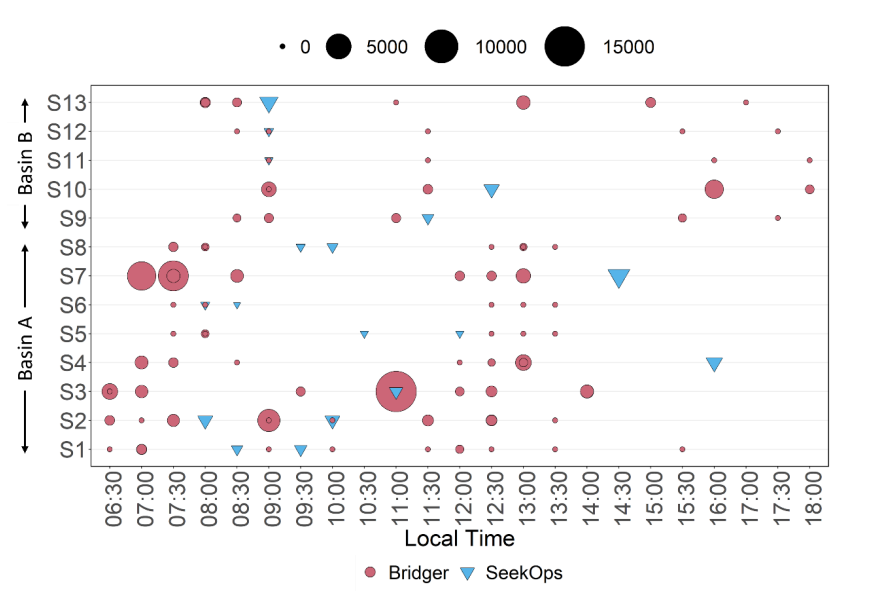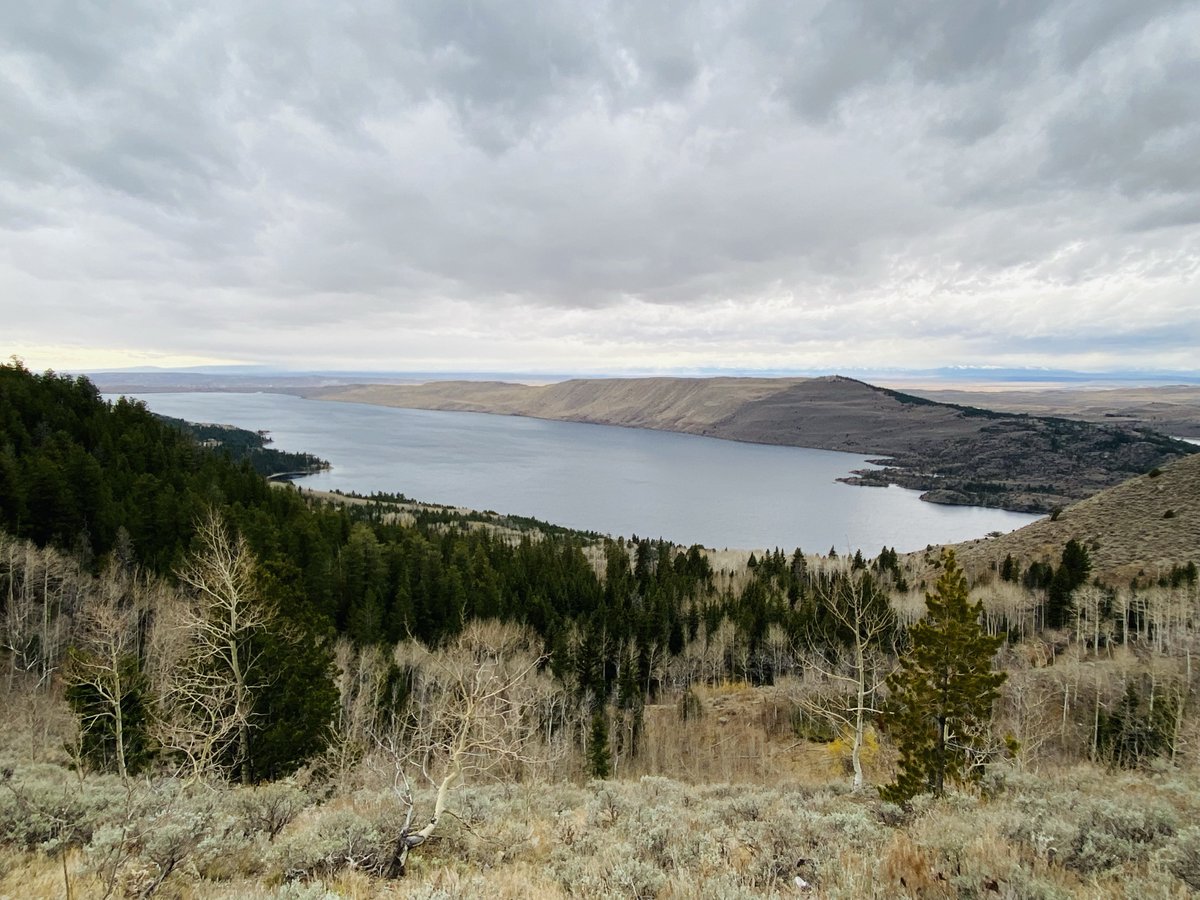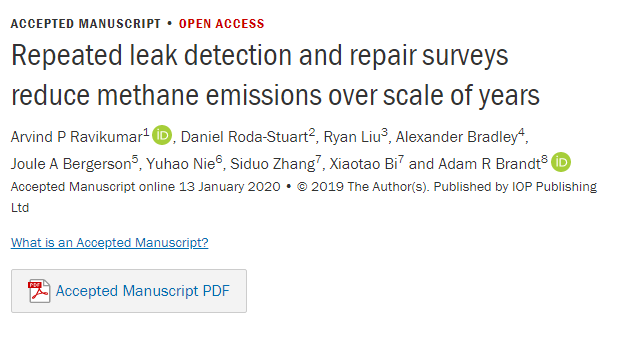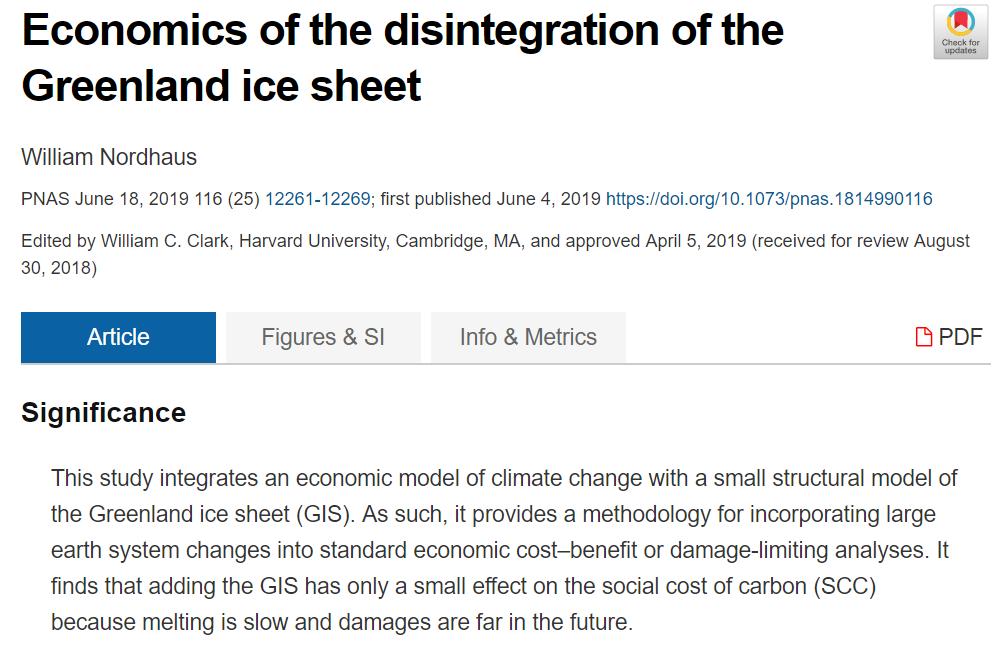
Co-Director, Energy Emissions Modeling and Data Lab (EEMDL), Prof @UTAustin @UT_PGE studying energy systems and carbon accounting across energy supply chains.
How to get URL link on X (Twitter) App


https://twitter.com/arvindpawan1/status/1592544823982317569All O&G #methane sources are covered, including low producing sites & often owned by small, independent companies. Research has show these type of sites can be a significant source of emission, and until recently, was exempted from all regs.



https://twitter.com/marianne_levine/status/1552437743875399680Here's the thing:

 Near-term (<~2035)
Near-term (<~2035)

https://twitter.com/arvindpawan1/status/1468639663686664200
 EPA has proposed regulations to reduce #methane emissions from O&G sector. If global energy sector methane were a country, it would be the third largest emitter behind only China & US.
EPA has proposed regulations to reduce #methane emissions from O&G sector. If global energy sector methane were a country, it would be the third largest emitter behind only China & US.
https://twitter.com/JarrettRenshaw/status/1452717098061422592
 First, why is #methane fee a great idea? Recent data show that #methane emissions from operators vary by many orders of magnitude. So it makes sense that under a fee, responsible operators will be rewarded and those with high emissions will be penalized.
First, why is #methane fee a great idea? Recent data show that #methane emissions from operators vary by many orders of magnitude. So it makes sense that under a fee, responsible operators will be rewarded and those with high emissions will be penalized. https://twitter.com/arvindpawan1/status/1135586554414600192?s=20





 First, emissions reduced by 44% between two LDAR surveys conducted over a period of 0.5 - 2 years from the initial survey.
First, emissions reduced by 44% between two LDAR surveys conducted over a period of 0.5 - 2 years from the initial survey. 



 This is a good study that can be done within the bounds of the DICE model. But it is a bit ludicrous to treat large-scale changes to the earth system as a stand-alone event. Here's one example: potential impacts to ocean circulation. eos.org/research-spotl…
This is a good study that can be done within the bounds of the DICE model. But it is a bit ludicrous to treat large-scale changes to the earth system as a stand-alone event. Here's one example: potential impacts to ocean circulation. eos.org/research-spotl…